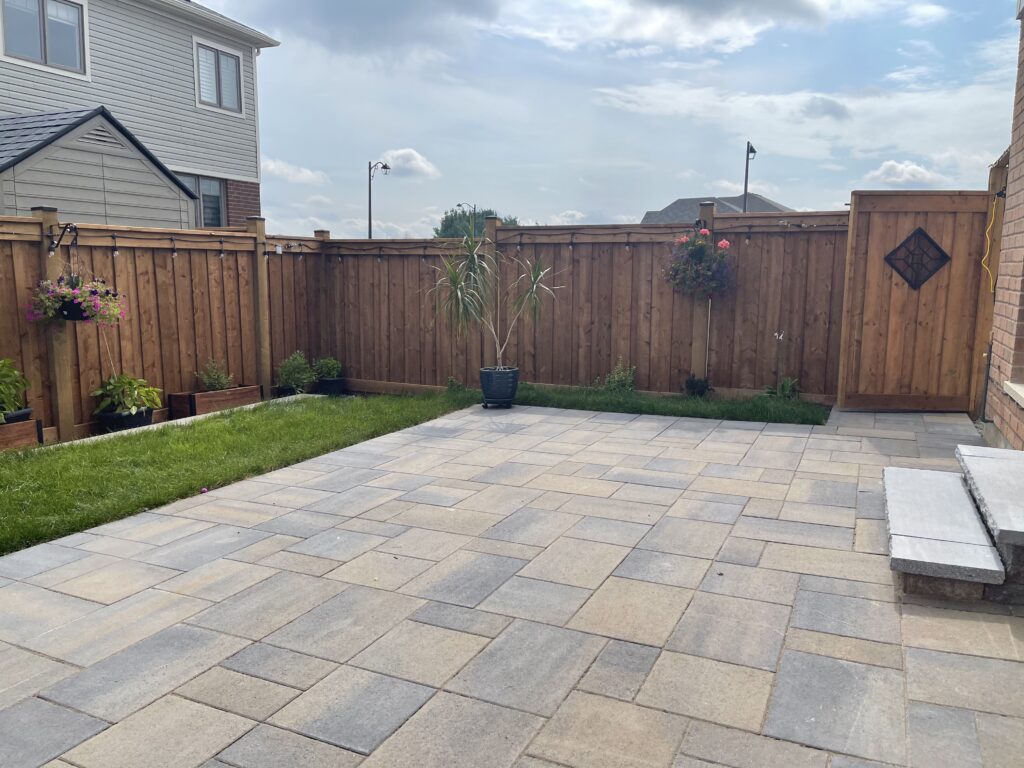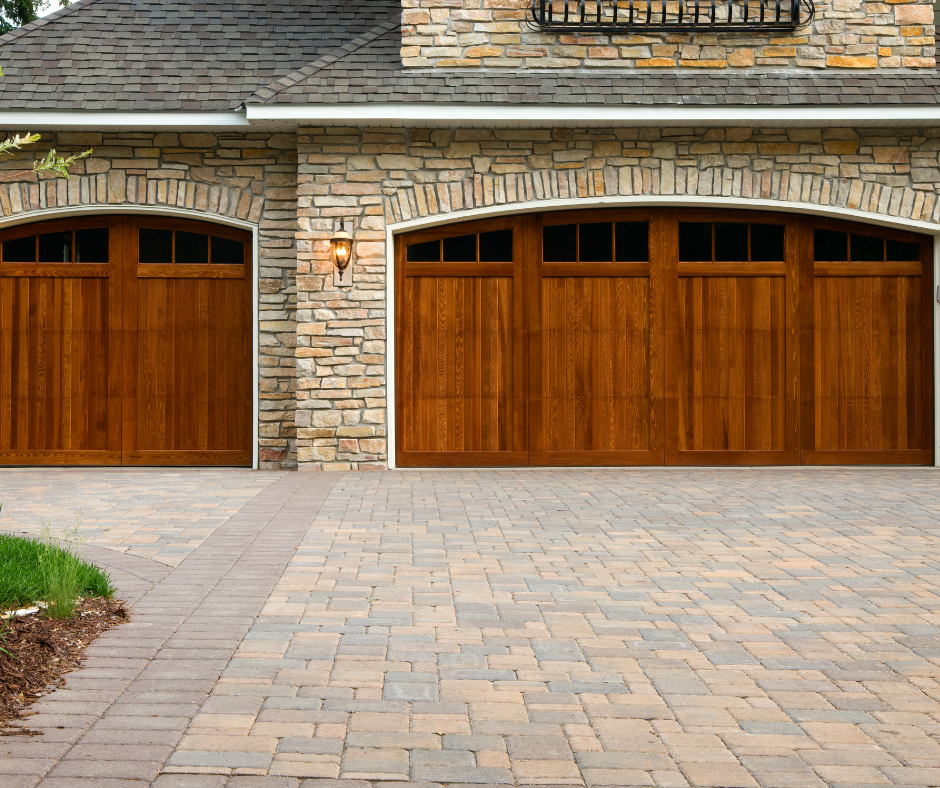Step-by-Step Guide to Repairing Interlocking Patio Pavers
Interlocking pavers are a popular choice for patios due to their durability and aesthetic appeal. However, they can become damaged or worn over time. Here’s a straightforward guide to repairing interlocking patio pavers, ensuring your outdoor space remains as inviting and functional as ever.
Step 1: Assess the Damage
- Locate Damaged Pavers: Inspect your patio for pavers that are cracked, loose, sunken, or protruding. Mark these areas for replacement or adjustment.
Step 2: Assemble Your Tools and Materials
- Tools Required: Gather a flathead screwdriver, a rubber mallet, a chisel, a broom, and a hand tamper or plate compactor for larger areas.
- Materials: Have replacement pavers that match your patio’s design, joint sand, and possibly additional base material.
Step 3: Removing the Affected Pavers
- Careful Removal: Use the screwdriver and mallet to gently lift out the damaged pavers. Work cautiously to avoid disturbing the surrounding pavers.
- Clear Debris: Once removed, clean out any loose material or debris from the area.
Step 4: Preparing the Base
- Inspect and Adjust: Check the base where the pavers were situated. Add new base material, like sand or fine gravel, if there’s erosion or unevenness.
- Level and Compact: For a patio, ensuring a level base is essential. Compact the base material to create a stable foundation.
Step 5: Installing New Pavers
- Placement: Set the new pavers in place, making sure they align correctly with the existing pattern and are flush with the surface.
- Secure the Pavers: Gently tap the pavers using the rubber mallet to ensure they are securely bedded into the base.
Step 6: Filling the Joints
- Sand Application: Distribute joint sand over and around the new pavers, sweeping it into the spaces between them. This sand secures the pavers together.
- Compact if Necessary: For larger repair areas, use a plate compactor to settle the pavers and sand.
Step 7: Final Touches
- Clean Up: Sweep away excess sand and any debris from the patio surface.
- Water the Area: Lightly hose down the patio to help the sand settle into the joints.
Step 8: Regular Patio Maintenance
- Routine Checks: Regularly inspect your patio for signs of wear or damage, particularly after harsh weather conditions.
Conclusion: Enhancing Your Outdoor Living Space
Proper maintenance and timely repair of your interlocking patio pavers can extend their lifespan and keep your outdoor living space looking its best. These steps will help you address common issues and maintain the beauty and integrity of your patio.
Quick Service Request
Schedule a Free Consultation!




